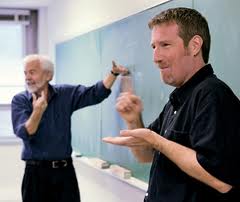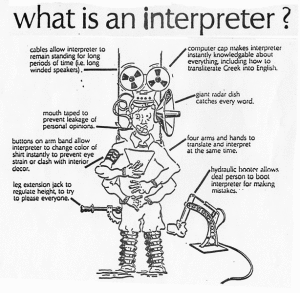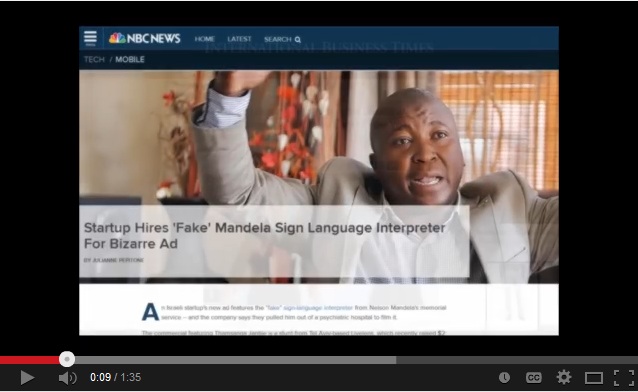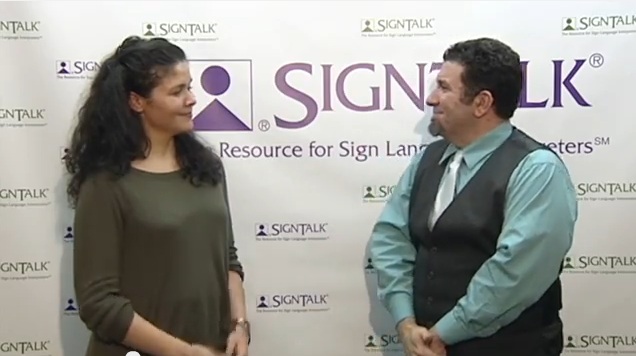Educational Interpreters: Who We Are and What We Do
by Amber Ceffalio, NIC
Before the start of each school year, NYC educational interpreters gather to review interpreting policies and procedures. Beth Prevor, Director of the Office of Sign Language Interpreting Services, mentioned during the meeting that she likes to give us educational interpreters, “the freedom to do what we do.” She added, “And that turns out to be a lot more than just interpreting.”
This column will explore what “a lot more than just interpreting” actually means.
Even though we do “a lot more than just interpreting”, most of the work we do is within our interpreting models. In fact, it’s not a stretch to say that an educational interpreter will use all of the models in any given day.
Let’s take a short walk through how an interpreter might use our models. Obviously, there are many more ways each model might be employed.
Helper: Interpreter acts as a tutor, either formally or informally.
Conduit: Interpreter voices everything the deaf student signs, even if the deaf student doesn’t want you to.
Communication Facilitator: Interpreter understands the goal of the student and expresses it in such a way that the teacher understands what the student needs, even though the student didn’t know how to express their own needs.
Bilingual-Bicultural: Interpreter provides mainstream teachers with materials including information on how to set up closed captions.
Ally: Interpreter escorts the deaf student to the front office and helps the student ask for a special request. The interpreter ends up being more than an interpreter as she leads her student’s questions.
Educational Team: Interpreters have access to information that teachers don’t have and it’s their responsibility to share that information with the appropriate people.
These are snapshots of situations when it’s ethically responsible to employ the various interpreting models. Educational interpreters don’t have the luxury of simply being a Communication Facilitator. Educational interpreters need to deftly and ethically toggle between the models to provide appropriate interpreting services in any given situation.
Other parts of “a lot more than just interpreting” land outside of our models. We are language models, for example. We share information necessary information with teachers. We are a confidants and sometimes informants.
What we do as educational interpreters is difficult to discuss in hypothetical generalizations. So, this column will open each week with a situation. We will use the situation to explore what we do, why we do it, and what options we have to make better informed decisions.
This isn’t, though, us laying down the educational interpreting law. We want you to participate. Please, leave your thoughts in the comments. What would you do in a given situation and why? We’d like a healthy and respectful discussion on educational interpreting.
Do you have a situation you’d like to discuss? Email me at amberala@gmail.com. We’ll remove identifying characteristics in order to keep identities confidential. Yet we’ll make the situation specific enough so we can agree on the parameters.
Happy terping! Amber
To learn more about Amber click here and here.
Click here for more information on sign language interpreter models.
More on classroom interpreting here.












